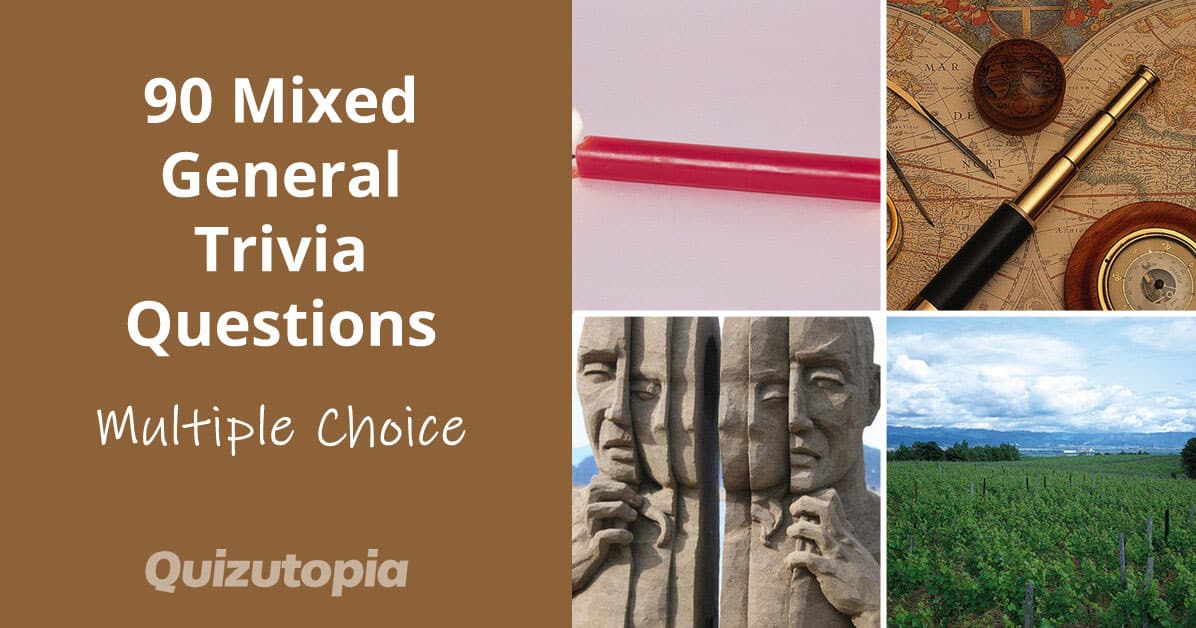Whether you’re a curious nature enthusiast or simply someone looking to test their knowledge, this trivia quiz is sure to captivate and challenge you.
Mushrooms and toadstools, with their diverse shapes, colors, and properties, have long intrigued mankind. From their culinary uses to their roles in medicine and folklore, these fungal wonders offer a wealth of intriguing facts and anecdotes.
In this trivia quiz, we will explore various aspects of mushrooms and toadstools, delving into their classification, unique features, historical significance, and more. You’ll encounter a total of 15 thought-provoking questions designed to put your mushroom knowledge to the test.
So, get ready to explore the hidden world beneath the forest floor and uncover some fascinating insights about these enigmatic organisms.

Subscribe to our mailing list to receive FREE exclusive quizzes and offers!
- What is the scientific study of fungi called?
- Phycology
- Fungology
- Botany
- Mycology
The correct answer is Mycology.
Mycology is the branch of biology that deals with the study of fungi, including their genetic and biochemical properties, taxonomy, and their use to humans. - Which part of the mushroom produces spores?
- Stipe
- Volva
- Cap
- Gills
The correct answer is Gills.
Gills are the thin, papery structures that radiate out from the central stalk on the underside of the mushroom cap. They produce and release spores for reproduction. - What is the largest living organism on Earth, which is also a fungus?
- Blue Whale
- Honey Fungus
- Giant Sequoia
- Great Barrier Reef
The correct answer is Honey Fungus.
The Honey Fungus (Armillaria) spreads through its mycelium and can cover thousands of acres, making it the largest living organism on Earth. - Which of these fungi is known for its hallucinogenic properties?
- Oyster mushrooms
- Psilocybin mushrooms
- Shiitake mushrooms
- Chanterelle mushrooms
The correct answer is Psilocybin mushrooms.
Psilocybin mushrooms, also known as “magic mushrooms,” contain the psychoactive compounds psilocybin and psilocin, which can cause hallucinations and altered perceptions.
- What is the main difference between mushrooms and toadstools?
- Mushrooms are edible
- There is no scientific difference
- Toadstools have gills
- Toadstools are poisonous
The correct answer is There is no scientific difference.
The terms “mushroom” and “toadstool” have no scientific basis and are used interchangeably to describe the fruiting body of a fungus. - Which of these fungi is known for its use in traditional Chinese medicine?
- Morel
- Truffle
- Reishi
- Portobello
The correct answer is Reishi.
Reishi (Ganoderma lucidum) has been used in traditional Chinese medicine for centuries, and is believed to have various health benefits, including boosting the immune system and improving liver function. - What is the main component of a mushroom’s cell walls?
- Pectin
- Cellulose
- Lignin
- Chitin
The correct answer is Chitin.
Chitin is a strong, flexible polysaccharide that forms the structural component of a mushroom’s cell walls, as well as the exoskeletons of insects and crustaceans. - Which of these mushrooms is considered a delicacy and is highly sought after for its unique flavor?
- Truffle
- Button mushroom
- Cremini
- Enoki
The correct answer is Truffle.
Truffles are a type of underground fungus that grow in close association with tree roots. Their unique, earthy flavor makes them a highly prized ingredient in gourmet cuisine. - What is the name of the toxic compound found in the deadly Amanita phalloides, also known as the Death Cap mushroom?
- Amatoxin
- Ergotamine
- Psilocybin
- Muscarine
The correct answer is Amatoxin.
Amatoxin is a highly toxic compound found in the Death Cap mushroom, which can cause severe liver and kidney damage, and is often fatal if ingested. - Which of these fungi is known for its ability to glow in the dark?
- Turkey Tail
- Bioluminescent fungi
- Puffball
- Cordyceps
The correct answer is Bioluminescent fungi.
Bioluminescent fungi, such as Omphalotus olearius and Panellus stipticus, produce a greenish glow due to a chemical reaction involving luciferin and the enzyme luciferase.
- What is the purpose of the cap on a mushroom?
- For photosynthesis
- To protect the gills and spores
- To store nutrients
- To attract insects
The correct answer is To protect the gills and spores.
The cap of a mushroom serves to protect the delicate gills and developing spores from environmental factors such as rain and wind. - Which of these fungi is a parasite that infects insects and alters their behavior?
- Morel
- Lion’s Mane
- Shiitake
- Cordyceps
The correct answer is Cordyceps.
Cordyceps is a genus of parasitic fungi that infect insects and other arthropods, often altering their behavior to benefit the fungus’s reproduction. - What is the name of the process by which fungi obtain nutrients from their environment?
- Photosynthesis
- Absorptive nutrition
- Chemosynthesis
- Symbiosis
The correct answer is Absorptive nutrition.
Fungi obtain nutrients through absorptive nutrition, secreting enzymes into their environment to break down complex organic materials, and then absorbing the resulting smaller molecules. - Which of these fungi is commonly used in the production of blue cheese?
- Rhizopus stolonifer
- Penicillium roqueforti
- Saccharomyces cerevisiae
- Aspergillus niger
The correct answer is Penicillium roqueforti.
Penicillium roqueforti is a fungus that is used to produce blue cheese, giving it its characteristic blue-green veins and strong flavor.
- Which of these fungi is a common source of antibiotics?
- Aspergillus
- Penicillium
- Claviceps
- Agaricus
The correct answer is Penicillium.
Penicillium is a genus of fungi that includes several species known for producing antibiotics, such as penicillin, which was the first antibiotic discovered.








